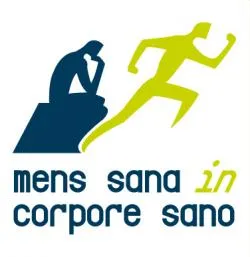The appearance of diabetes usually causes a great impact on the family and it is essential that the person adapts as quickly as possible without losing their habits and customs prior to the disease.
The physical exercise or practice of some sport plays a fundamental role.Sports practice is recommended to the entire population, whether or not to have diabetes, for the multiple benefits that it gives us to our health, being one of the basic pillars in the treatment of people suffering from diabetes.
The practice of intense exercise or sports competitions should be controlled since they can alter the control of diabetes.When performing any type of sport, a series of recommendations adapted to the situation, duration and intensity of the exercise to be performed must be taken into account.
The person who performs sports should know the content of carbohydrates of food or the relationship with insulin doses, to train how to modify these factors according to the intensity, duration or frequency with which the exercise performs.
Not only can you, but it is due.The usual physical exercise practice is associated with an improvement of the general health status and the prevention of some diseases.Sedentary lifestyle is a risk factor for cardiovascular problems and associated with greater mortality.
If the person already practiced some kind of sport as usual before the diagnosis of diabetes, we must get him to continue doing that sport he practiced.In the case of competition sports or some long -lasting or high intensity sports, the person is most likely to need an adaptation period and progressively increase the intensity or duration of the activity.As time goes by, the person will meet his body and the response to each type of physical activity.
It is necessary to measure glycemia frequently to know how the type of exercise influences the glycemia values and what modifications are the most successful for each type of exercise or sport:
Glycemia & lt;70 mg/dl is not recommended to exercise.
70-99 mg/dl blood glucose It is recommended to eat previously.
Glycemia between 100-250 mg/dl can exercise without performing intake.
Glycemia & GT;250 mg/dl, do not exercise and measure ketone bodies.
The most common complication when physical exercise is practiced is hypoglycemia.This occurs when physical exercise is performed and the body consumes blood glucose as fuel.If this muscle consumption of glucose does not compensate quickly with the contribution of carbohydrates or the doses of insulin or drugs are not reduced, the safest thing is that hypoglycemia appears.
As I have commented before, physical exercise must be performed and know the body little by little to know how it responds to each activity to be able to control the glycemia peaks.And very important to carry a structure food for each activity and physical performance of each individual.





